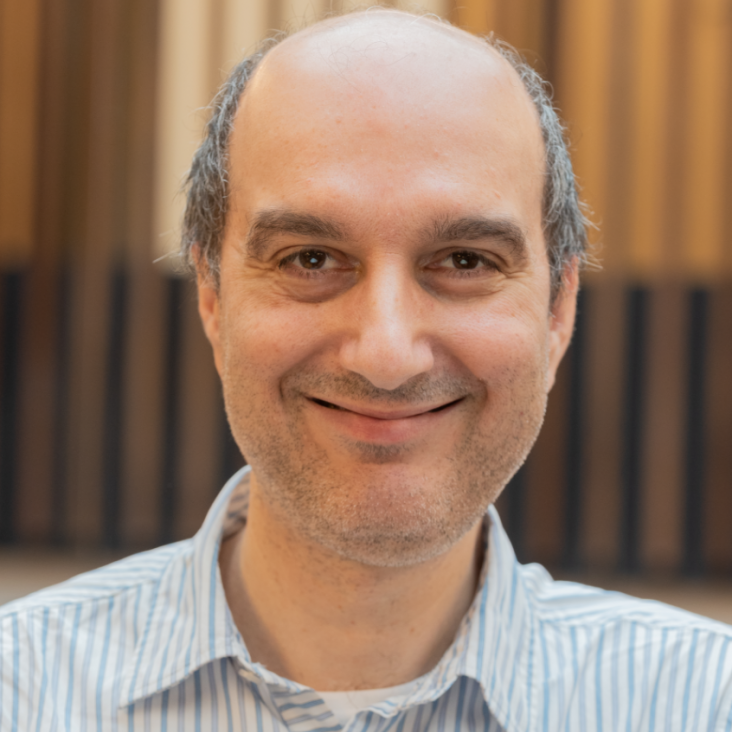Suppression of pair beam instabilities in a laboratory analogue of blazar pair cascades
Abstract:
The generation of dense electron-positron pair beams in the laboratory can enable direct tests of theoretical models of γ-ray bursts and active galactic nuclei. We have successfully achieved this using ultrarelativistic protons accelerated by the Super Proton Synchrotron at (CERN). In the first application of this experimental platform, the stability of the pair beam is studied as it propagates through a meter-length plasma, analogous to TeV γ-ray-induced pair cascades in the intergalactic medium. It has been argued that pair beam instabilities disrupt the cascade, thus accounting for the observed lack of reprocessed GeV emission from TeV blazars. If true, this would remove the need for a moderate strength intergalactic magnetic field to explain the observations. We find that the pair beam instability is suppressed if the beam is not perfectly collimated or monochromatic, hence the lower limit to the intergalactic magnetic field inferred from γ-ray observations of blazars is robust.Measurement of turbulent velocity and bounds for thermal diffusivity in laser shock compressed foams by X-ray photon correlation spectroscopy
Abstract:
Experimental benchmarking of transport coefficients under extreme conditions is required for validation of differing theoretical models. To date, measurement of transport properties of dynamically compressed samples remains a challenge with only a limited number of studies able to quantify transport in high pressure and temperature matter. X-ray photon correlation spectroscopy utilizes coherent X-ray sources to measure time correlations of density fluctuations, thus providing measurements of length and time scale dependent transport properties. Here,we present a first-of-a-kind experiment to conduct X-ray photon correlation spectroscopy in laser shock compression experiments. We report measurement of the turbulent velocity in the wake of a laser driven supersonic shock and place an upper bound on thermal diffusivity in a solid density plasma on nanosecond timescales.Learning heat transport kernels using a nonlocal heat transport theory-informed neural network
Abstract:
QSHS: an axion dark matter resonant search apparatus
Abstract:
We describe a resonant cavity search apparatus for axion dark matter constructed by the quantum sensors for the hidden sector collaboration. The apparatus is configured to search for QCD axion dark matter, though also has the capability to detect axion-like particles, dark photons, and some other forms of wave-like dark matter. Initially, a tuneable cylindrical oxygen-free copper cavity is read out using a low noise microwave amplifier feeding a heterodyne receiver. The cavity is housed in a dilution refrigerator (DF) and threaded by a solenoidal magnetic field, nominally 8 T. The apparatus also houses a magnetic field shield for housing superconducting electronics, and several other fixed-frequency resonators for use in testing and commissioning various prototype quantum electronic devices sensitive at a range of axion masses in the range 2.0– 40μeVc−2. The apparatus as currently configured is intended as a test stand for electronics over the relatively wide frequency band attainable with the TM010 cavity mode used for axion searches. We present performance data for the resonator, DF, and magnet, and plans for the first science run.Testing strong-field QED with the avalanche precursor
Abstract:
A two-beam high-power laser facility is essential for the study of one of the most captivating phenomena predicted by strong-field quantum electrodynamics (QED) and yet unobserved experimentally: the avalanchetype cascade. In such a cascade, the energy of intense laser light can be efficiently transformed into high-energy radiation and electron-positron pairs. The future 50-petawatt-scale laser facility NSF OPAL will provide unique opportunities for studying such strong-field QED effects, as it is designed to deliver two ultra-intense, tightly focused laser pulses onto the interaction point. In this work, we investigate the potential of such a facility for studying elementary particle and plasma dynamics deeply in the quantum radiation-dominated regime, and the generation of QED avalanches. With 3D particle-in-cell simulations, we demonstrate that QED avalanche precursors can be reliably triggered under realistic laser parameters and layout (namely, focusing f /2, tilted optical axes, and non-ideal co-pointing) with the anticipated capabilities of NSF OPAL. We demonstrate that seed electrons can be efficiently injected into the laser focus by using targets of three types: a gas of heavy atoms, an overcritical plasma, and a thin foil. A strong positron and high-energy photon signal is generated in all cases. The cascade properties can be identified from the final particle distributions, which have a clear directional pattern. At increasing laser field intensity, such distributions provide signatures of the transition, first, to the radiation-dominated interaction regime, and then to a QED avalanche. Our findings can also be used for designing related future experiments.


